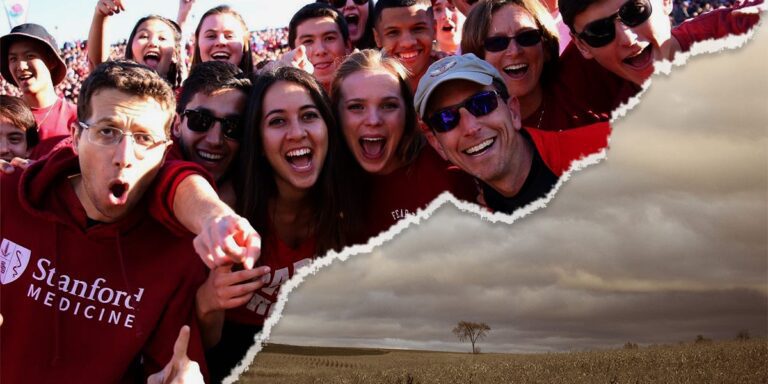A new scholarship at the Stanford Graduate School of Business, one of the top business schools, covers tuition and fees for MBA students. But the program comes with a catch: Students must be willing to take a job in the Midwest.
Students often choose California-based Stanford because they know they'll get an excellent education and make contacts in Silicon Valley, where many of them likely want to work after graduation. But the school has plans to funnel students into more “underserved areas,” where the economy could benefit from an infusion of talent.
“When we look at our country and think about different places where there's still a lot of room for growth and development, the Midwest has been a big part of that,” said Simone Hill, assistant director for MBA admissions at Stanford. he told Bloomberg.
In its inaugural year, the Stanford USA MBA Scholarship will pay three students approximately $160,000 over two years to attend the university. Within two years of graduation, recipients are required to find employment in the Midwest where they will “contribute to the economic development of the region” for at least two years, according to program website.
To qualify, applicants must demonstrate financial need and have strong ties to the Midwest, which may include current or previous residence or graduation from a high school in the area.
One online summary of costs associated with attending the Stanford Graduate School of Business puts tuition and fees in excess of $111,000 per academic year for those living off campus. So the financial award of the scholarship may not cut it for low-income students.
The Midwest — which scholarship defines as Illinois, Indiana, Iowa, Kansas, Michigan, Minnesota, Missouri, Nebraska, North Dakota, Ohio, South Dakota and Wisconsin — may not seem like the hotbed of innovation that Silicon Valley is. But living in “Silicon Prairie“It has many benefits, including competitive wages and an often low cost of living.
And the tech boom is reverberating across the country. Michigan and Illinois were among the five states that added the largest percentage of tech jobs in the first six months of the year, according to an analysis of the US Bureau of Labor Statistics by research firm Dice.
The Stanford program aims to find “people who are interested in bringing everything they've learned back to their region to develop,” Hill tells Bloomberg.
After this year, Stanford hopes to expand the fellowship by accepting up to eight students and adding other areas. He is considering Southwestern for the 2017-2018 school year.

